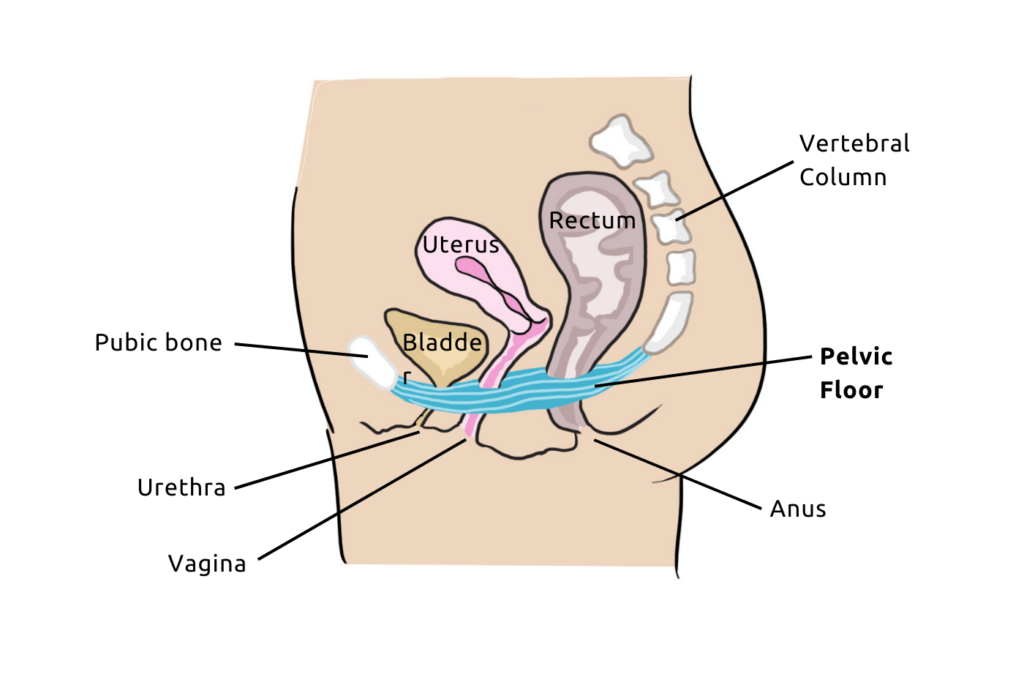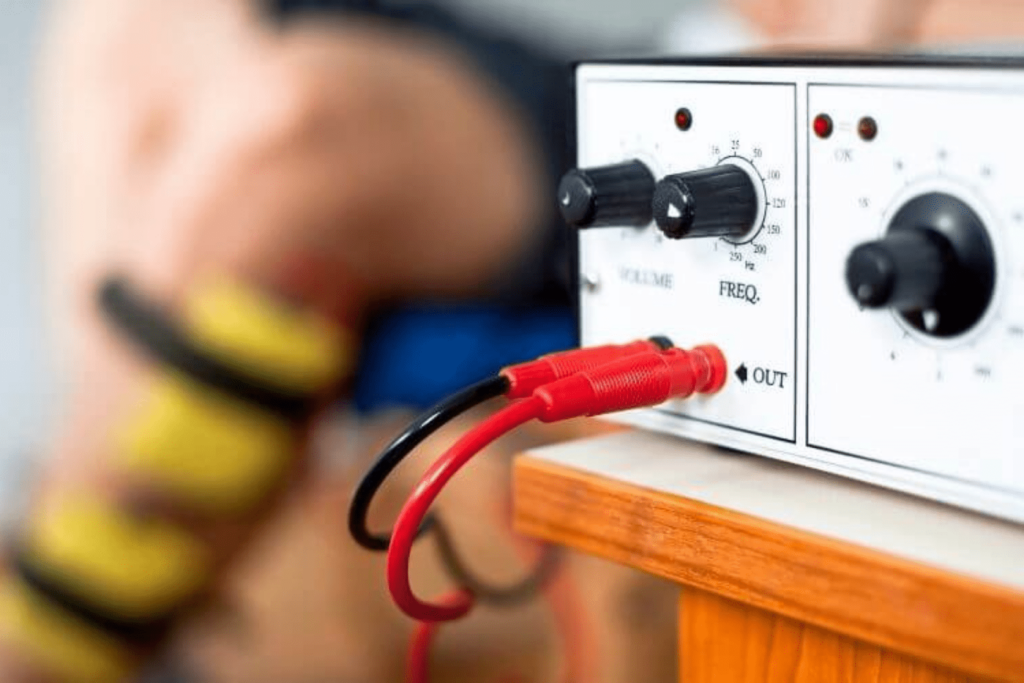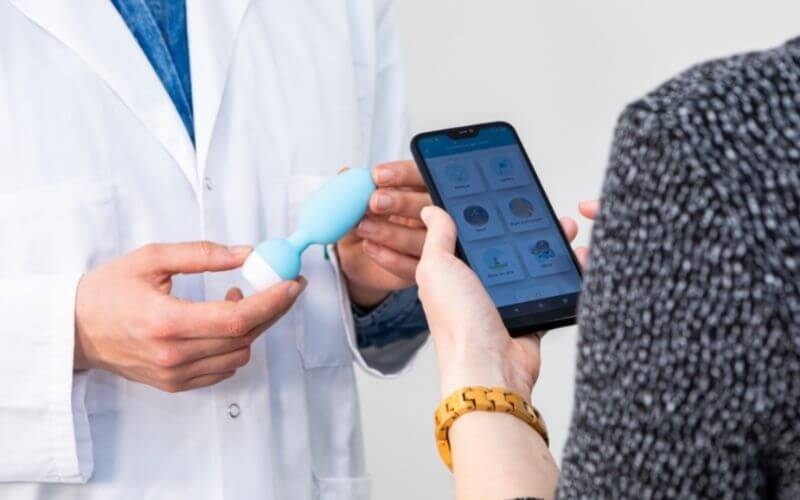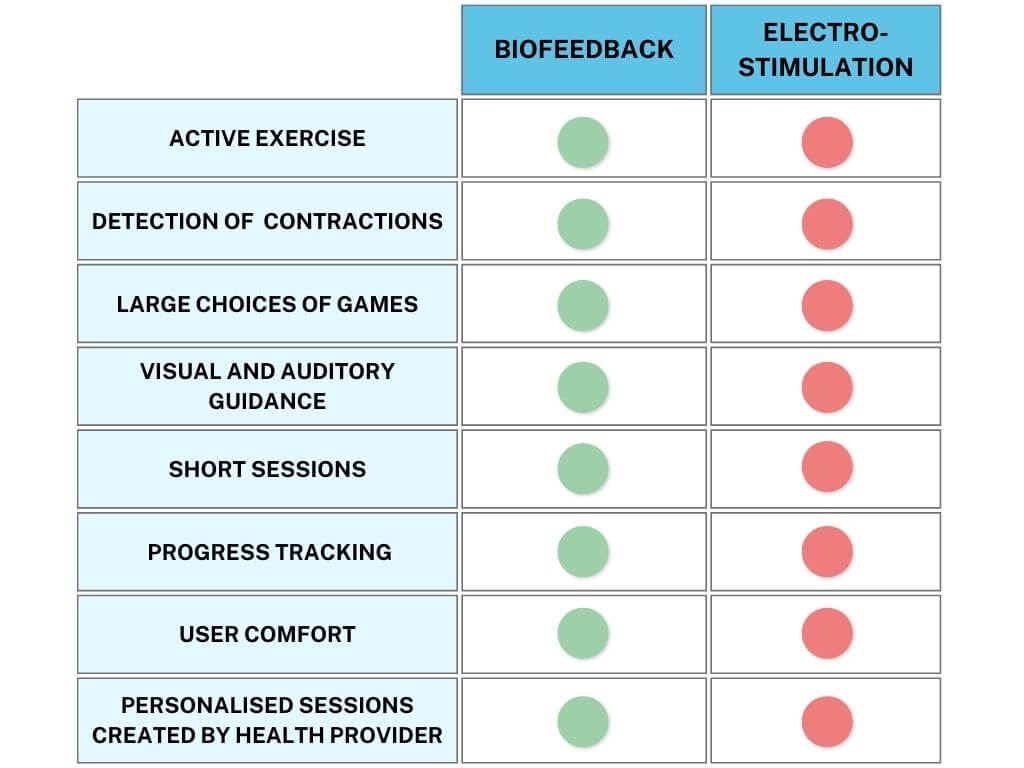
The complete guide to pelvic floor muscle trainers
Pelvic floor training is a crucial step for many women, whether they are in the postpartum phase, after surgery, or simply to strengthen their pelvic health. The use of pelvic floor muscle trainers for pelvic floor rehabilitation can greatly facilitate this process. Before starting, it is essential to know which equipment is best suited to your needs.
Why is pelvic floor muscle training important?
Before delving into the different types of pelvic floor rehabilitation equipment available, it is important to understand the importance of this practice. The pelvic floor is a set of essential muscles located between the pubis and the coccyx. It plays a crucial role in maintaining urinary and fecal continence, in supporting pelvic organs, and in sexual functions.

However, factors such as childbirth, aging, or certain medical conditions can weaken pelvic muscles. This is where pelvic floor training comes in.
Pelvic floor training is a series of exercises and tools to strengthen the pelvic floor, keeping it toned and healthy is essential for its proper functioning and to prevent the appearance of minor discomforts such as urinary leaks.
The different types of pelvic floor muscle trainers
There are different types of devices available on the market for at-home pelvic floor training .
- Biofeedback based kegel trainer– Combined with a smartphone application, it helps women actively, consciously, and playfully strengthen their pelvic floor.
- Electrostimulation based intra-vaginal device– It emits low levels of electrical impulses, small shocks that stimulate the pelvic muscles. These muscles then contract automatically, without any voluntary intervention from the patient.
Which pelvic floor musle trainer to use for your rehabillitation?
Advantages and disadvantages of muscle stimulators
Muscle stimulators work by sending targeted electrical impulses to stimulate contractions of the pelvic floor muscles. They are mainly used at the beginning of re-education to become aware of and learn to locate the perineum.
These devices are often recommended to strengthen weakened muscles. However, health care professionals recommends avoiding the use of electrostimulation in postpartum rehabilitation. In fact, the application of specific currents can potentially delay nerve regeneration and may cause nerve damage.

- Advantages: Muscle stimulators provide precise and controlled stimulation of the muscles. They help restore muscle strength and tone.
- Limitations: It is a passive rehabilitation process with involuntary contractions of the pelvic floor. There is no effort required since it is not the user who decides to contract the pelvic floor but the electrical stimulation. Additionally, some users may experience discomfort during the session due to the electrical impulses. Using electrical stimulators requires an adaptation period, and the sessions are generally quite long.
Advantages and disadvantages of biofeedback pelvic floor musle trainers
Biofeedback based pelvic floor muscle trainers are devices that allow the measurement and visualisation the activity of the pelvic floor muscles. They provide real-time feedback on muscle contraction. Biofeedback devices help users to better understand and above all, to control their pelvic muscles using visual or auditory information.

- Advantages: Biofeedback technology allows for precise awareness of muscle contractions. The woman is active in her rehabilitation and performs voluntary contractions. This enables real learning of the contraction and helps improve muscle coordination and control. Additionally, using biofeedback devices is very engaging. The sessions are short, and it is possible to track progress over time.
- Limitations: They can be more expensive than other equipment and sometimes require a learning period to interpret the feedback properly.
Comparison of pelvic floor rehabilitation equipment

Each type of equipment has its own advantages and limitations. To choose the best equipment for your pelvic floor musle training, various factors come into play, including ease of use, exercise intensity, and your specific needs. Don’t hesitate to seek advice from your healthcare professional who can guide you in your choice and during the use of your pelvic floor rehabilitation equipment.

Free Pelvic floor guide
Find out how to strengthen your pelvic floor to prevent bladder weakness and improve intimate pleasure! 💥
Testimonials and Usage Tips
In the scientific literature, biofeedback is described as the most effective re-education method because it allows the patient to be active. It is the most comprehensive method as it is used for both strengthening and pelvic floor relaxation. Many healthcare professionals specialized in perineal re-education use biofeedback daily in their practice.

If you are still hesitating in your choice, do not hesitate to consult testimonials from patients who have used biofeedback equipment for their rehabilitation.
Let’s hear from a use about her expereince
To conclude, pelvic floor muscle trainer is a personal and essential part for pelvic health. Choosing suitable equipment can make a big difference. And above all, remember to consult a healthcare professional such as a physiotherapist, midwife, or gynecologist for personalized recommendations before choosing your equipment!


